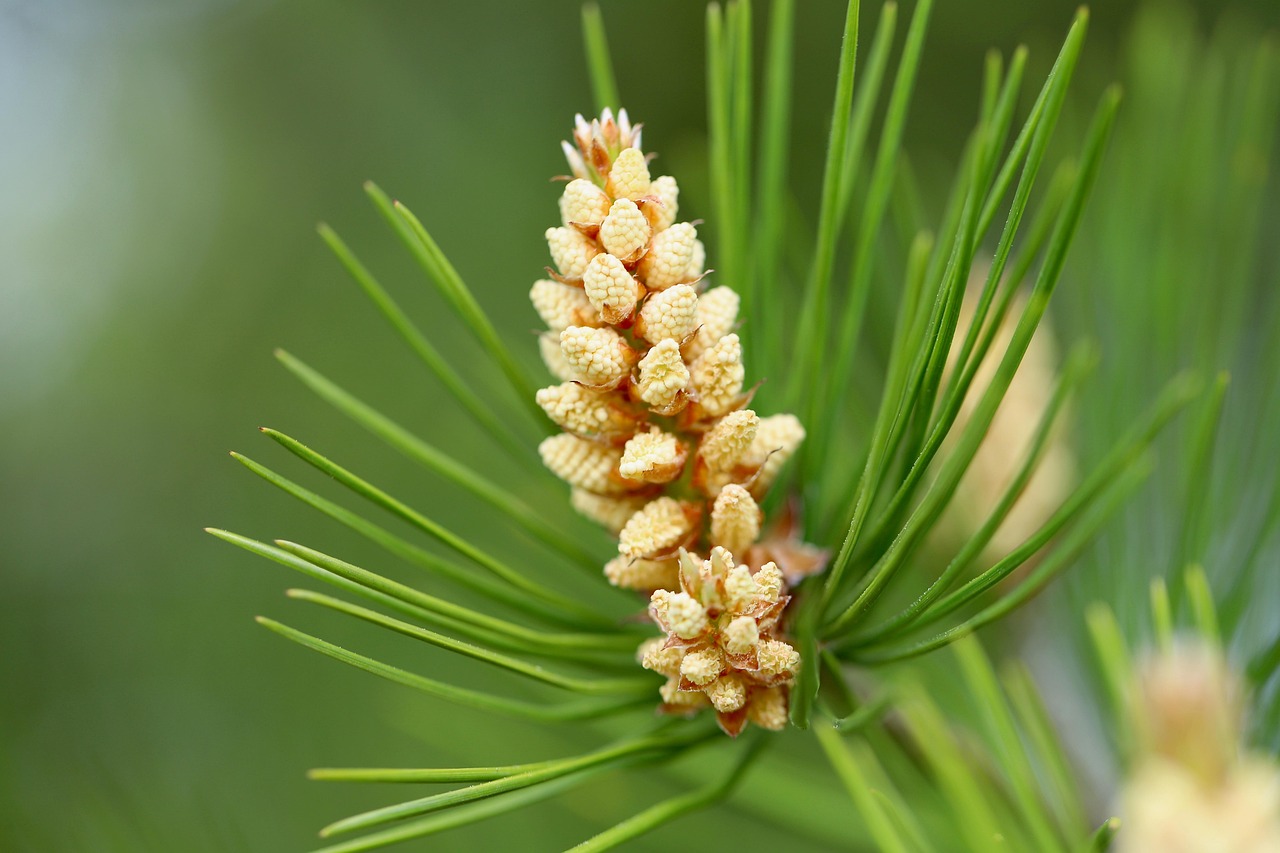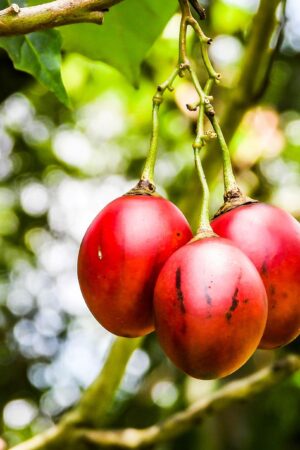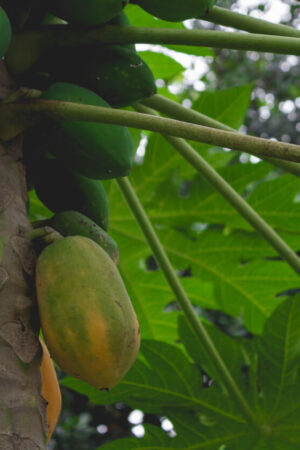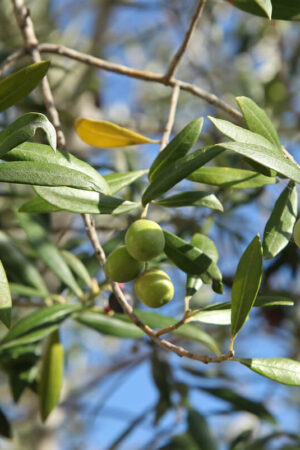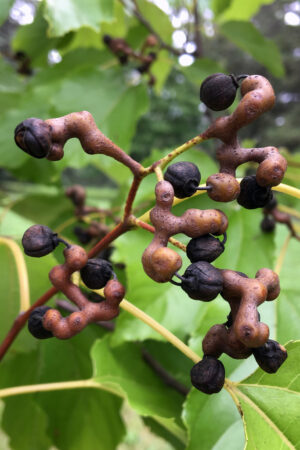The stone pine tree, famous for producing delicious, edible pine nuts. Has an attractive, umbrella-shaped growth habit.

Darryl and the team are busy finalising a huge range of plants and sizes for you to purchase with ease from our website, but we arent quite there yet, if something catches your eye – please contact us directly in the meantime

Pine Nut
Pinus pinea
The stone pine tree, famous for producing delicious, edible pine nuts. Has an attractive, umbrella-shaped growth habit.
$31.80
Care guide:
- Choosing the Right Location
- Sunlight: Requires full sun to thrive.
- Soil: Grows well in well-drained, sandy soil with low to moderate fertility.
- Spacing: Allow at least 6 metres between trees to accommodate their spreading growth.
- Planting Time
- Best Time to Plant: Spring (September–October) when the soil is warm.
- Preparing the Planting Site
- Soil Preparation: Little preparation needed; ensure soil is free-draining.
- Digging the Hole: Make the hole wide enough to comfortably fit the root ball.
- Planting
- Plant Placement: Position the tree with the root collar level with the soil surface.
- Support: Stake young trees to help them establish.
- Watering and Fertilising
- Watering: Water regularly during establishment. Mature trees are drought-tolerant.
- Fertilising: Minimal fertilising is needed; use a light application of general fertiliser in spring.
- Mulching and Maintenance
- Mulching: Use mulch to conserve moisture around young trees.
- Pruning: Prune to maintain shape and remove dead branches.
- Pest and Disease Control
- Pests: Monitor for aphids and scale insects; treat as needed.
- Diseases: Ensure good drainage to avoid root rot.
- Winter Care
- Hardiness: Cold-hardy and tolerates light frosts well.
- Common Uses
- Harvested for their delicious edible seeds.
- Makes an attractive specimen tree with its umbrella-shaped canopy.
